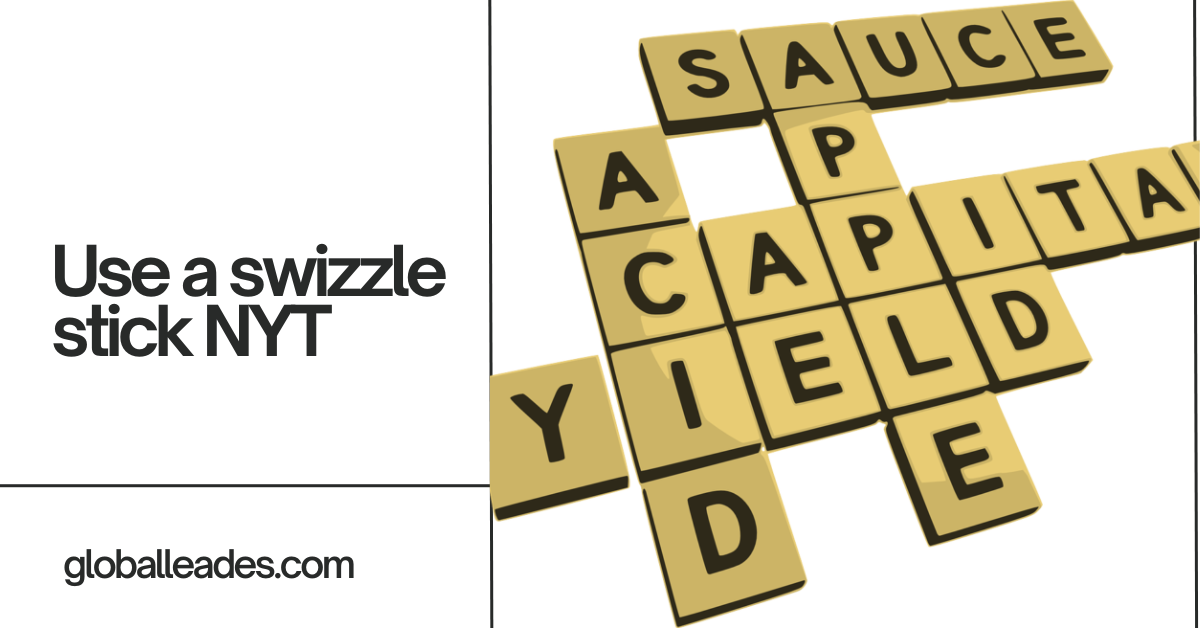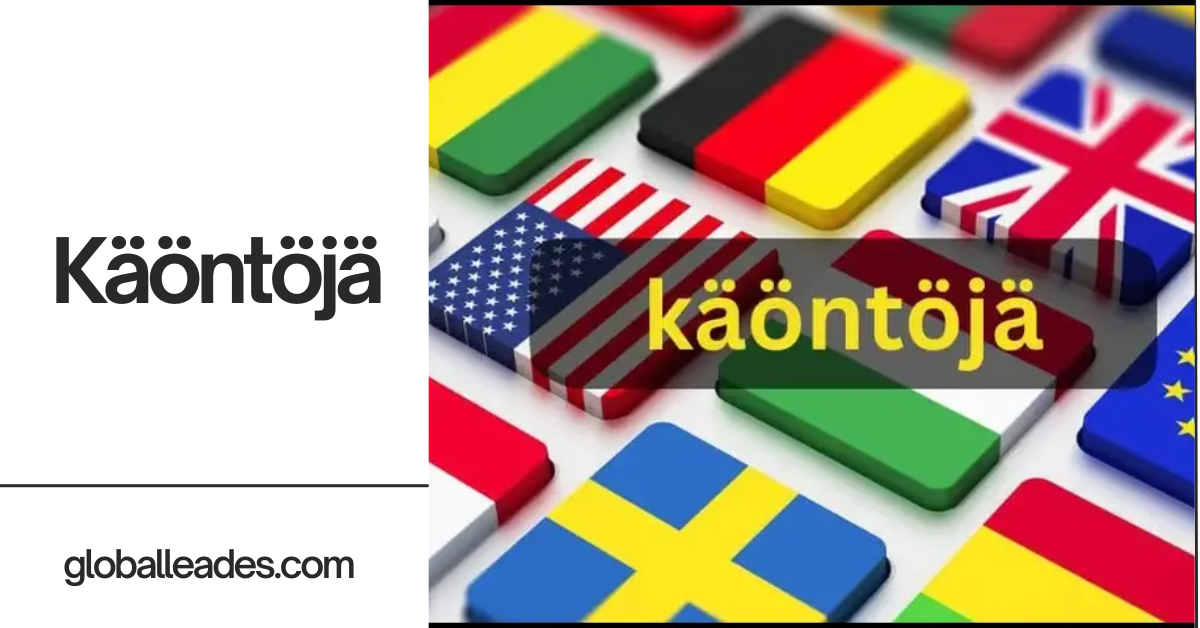In an increasingly interconnected world, the ability to communicate across language barriers has become more critical than ever.
The term “käöäntäjä,” which is Finnish for “translator,” encompasses the essential role of bridging linguistic gaps to foster understanding and cooperation among diverse cultures.
This article delves into the multifaceted world of käöäntäjä, exploring its significance, history, methods, and future prospects, while providing deep insights and analyses to offer a comprehensive understanding of its impact on global communication.
What is Käöäntäjä?
Käöäntäjä refers to both the act of translating and the individuals or tools involved in the process of converting text or speech from one language to another.
Translation is not merely a word-for-word conversion; it involves conveying meaning, context, and cultural nuances to ensure accurate and effective communication.
Käöäntäjä encompasses a broad spectrum of activities, from literary translation to real-time interpreting in diplomatic settings, each requiring a unique set of skills and expertise.
Importance of Käöäntäjä in Global Communication
The importance of käöäntäjä in global communication cannot be overstated. As businesses expand internationally, and as people from different cultures interact more frequently, the need for effective translation has grown exponentially.
Also Read: Käämtäjä – Know The Importance In 2024
Käöäntäjä enables the seamless exchange of ideas, knowledge, and information across linguistic boundaries, facilitating international collaboration and understanding. It is crucial in various fields, including commerce, diplomacy, science, and education, making it an indispensable tool in our globalized society.
History of Käöäntäjä
The history of käöäntäjä dates back to ancient times when traders and diplomats first needed to communicate with foreign cultures.
Early translators were often multilingual individuals who played critical roles in facilitating trade and diplomacy. Over time, the practice of translation evolved, becoming more structured and formalized.
In the Middle Ages, religious texts were the primary focus, with scholars translating the Bible and other sacred writings.
The invention of the printing press in the 15th century significantly expanded the reach of translated works, leading to the modern era where translation is a professional field supported by advanced technology.
Cultural Aspects in Käöäntäjä
Translation is deeply intertwined with culture. A skilled käöäntäjä must understand the cultural contexts of both the source and target languages to convey messages accurately.
This involves recognizing idiomatic expressions, humor, and cultural references that may not have direct equivalents in another language.
Also Read: Oprekladač – Know Functions and Features In 2024
By capturing these nuances, translators ensure that the translated content resonates with the target audience, preserving the original intent and meaning. This cultural sensitivity is crucial for effective communication and fostering cross-cultural understanding.
Types of Käöäntäjä
There are several types of käöäntäjä, each serving different purposes:
- Literary Translation: Involves translating books, poems, and other literary works, requiring creativity and a deep appreciation of the original text’s artistry.
- Technical Translation: Focuses on translating technical documents, such as manuals and patents, requiring specialized knowledge in specific fields.
- Legal Translation: Involves translating legal documents, contracts, and legislation, necessitating a thorough understanding of legal terminology and systems.
- Medical Translation: Entails translating medical records, research papers, and pharmaceutical documents, demanding expertise in medical terminology.
- Business Translation: Covers the translation of business documents, marketing materials, and corporate communications, aiming to maintain brand consistency across languages.
Methods of Käöäntäjä
Translators employ various methods to achieve accurate translations:
Word-for-Word Translation: Translating text word by word, which may not always capture the intended meaning but is useful for simple texts.
Literal Translation: Preserves the original structure and meaning closely but may require adjustments for readability.
Free Translation: Focuses on conveying the overall meaning and intent, allowing for more flexibility and creativity.
Also Read: кинокрад – Смотреть фильмы онлайн бесплатно
Dynamic Equivalence: Strives to achieve the same effect on the target audience as the original text had on its audience, often used in literary and marketing translations.
Käöäntäjä Tools
Advancements in technology have introduced a range of tools that aid translators:
- Machine Translation: Uses algorithms to provide quick, albeit sometimes inaccurate, translations. Examples include Google Translate and DeepL.
- Computer-Assisted Translation (CAT) Tools: Enhance human translators’ efficiency by providing translation memory, terminology databases, and consistency checks. Popular CAT tools include SDL Trados Studio and MemoQ.
- Translation Management Systems (TMS): Streamline the translation workflow for large projects, enabling collaboration among multiple translators.
The Role of the Käöäntäjä
The role of a käöäntäjä goes beyond simple language conversion. Translators act as cultural mediators, ensuring that the translated content is culturally appropriate and resonates with the target audience.
They must be adept at understanding context, tone, and subtleties, making decisions on how best to convey these elements in another language.
Their work often involves research, consultation with subject matter experts, and iterative refinement to achieve the highest quality translation.
Käöäntäjä Techniques
Effective translation requires a combination of techniques:
- Back-Translation: Translating the text back into the original language to check for accuracy and consistency.
- Parallel Texts: Comparing texts in the source and target languages to understand context and usage.
- Localization: Adapting the content to fit the cultural and linguistic norms of the target audience, which may involve altering formats, idioms, and even certain content elements.
Also Read: Käämyäjä – Characteristics & Symbolism In 2024
Käöäntäjä Process
The translation process typically involves several steps:
Preparation: Understanding the scope and requirements of the translation project, including the target audience and purpose.
Research: Gathering relevant information and terminology to ensure accuracy and context.
Translation: Converting the text from the source language to the target language.
Review and Editing: Checking for errors, consistency, and cultural appropriateness.
Proofreading: Final review to ensure the highest quality and accuracy.
Delivery: Submitting the translated content to the client or audience.
Benefits of Käöäntäjä in Business and Commerce
In the business world, käöäntäjä offers numerous benefits:
- Market Expansion: Allows companies to reach new markets by translating marketing materials, product descriptions, and websites.
- Customer Engagement: Enhances customer experience by providing support and information in their native language, fostering loyalty and trust.
- Legal Compliance: Ensures that legal documents and contracts are accurately translated, reducing the risk of misunderstandings and legal issues.
- Cultural Adaptation: Helps businesses adapt their products and services to local cultures, increasing their appeal and relevance.
Käöäntäjä Studies and Theories
The field of translation is supported by various studies and theories:
Also Read: 2045996870 – Technologies Enabling Communication In 2024
- Skopos Theory: Emphasizes the purpose of the translation and the target audience’s needs.
- Equivalence Theory: Focuses on achieving equivalent effect, meaning, or function in the target language.
- Translation as Adaptation and Selection Theory: Views translation as a form of adaptation, where the translator selects the most appropriate method to convey the original message.
Cultural Aspects in Käöäntäjä
Understanding cultural aspects is crucial for effective translation. Translators must consider:
Cultural Norms and Values: Ensuring the translation respects and aligns with the cultural norms of the target audience.
Idiomatic Expressions: Finding equivalent expressions that convey the same meaning and tone.
Cultural References: Adapting references that may not be familiar to the target audience to ensure comprehension and relevance.
Future of Käöäntäjä
The future of käöäntäjä looks promising with advancements in artificial intelligence and machine learning. AI-powered tools are becoming more sophisticated, offering higher accuracy and contextual understanding.
However, human translators will remain essential for their ability to interpret nuances, cultural subtleties, and provide creative solutions.
Also Read: vaçpr – Testimonials Real-Life Experiences In 2024
The demand for specialized translations in fields like medical, legal, and technical translation is also expected to grow, highlighting the ongoing need for skilled human translators.
Conclusion
Käöäntäjä is more than just a technical skill; it is an art that requires linguistic proficiency, cultural competence, and a deep understanding of context and nuance.
As our world becomes more interconnected, the role of translators in bridging linguistic and cultural gaps is increasingly vital.
By preserving cultural heritage, promoting multiculturalism, and facilitating global communication, käöäntäjä plays an indispensable role in fostering understanding and cooperation in our diverse and dynamic world.
The future holds exciting advancements in technology, but the human touch in translation will always be irreplaceable, ensuring that our communications remain meaningful and culturally resonant.
FAQs
Is Käöäntäjä affected by regional dialects and slang?
- Yes, regional dialects and slang can pose challenges for translators, requiring them to adapt their translations to ensure comprehension across diverse linguistic variations.
How do translators handle translating humor and wordplay?
- Translating humor and wordplay requires creativity and cultural understanding to capture the essence of the original joke while ensuring it resonates with the target audience.
What role does non-verbal communication play in translation?
- Non-verbal cues such as body language and facial expressions can provide context and nuance, influencing how translators interpret and convey meaning in their translations.
Are there ethical considerations in translating sensitive or controversial content?
- Translators must navigate ethical dilemmas when translating sensitive or controversial content, balancing accuracy with cultural sensitivity and avoiding perpetuating stereotypes or biases.
How do translators ensure confidentiality and privacy in their work?
- Translators adhere to strict confidentiality agreements and professional codes of conduct to safeguard the privacy of their clients and the integrity of the translation process.
Can machine translation fully replace human translators?
- While machine translation has advanced significantly, human translators bring cultural understanding, creativity, and critical thinking skills that are essential for nuanced and accurate translations.
What impact does translation quality have on international relations and diplomacy?
- High-quality translations are crucial for effective communication in international relations and diplomacy, as mistranslations or misunderstandings can have far-reaching consequences on diplomatic negotiations and relations between nations.




